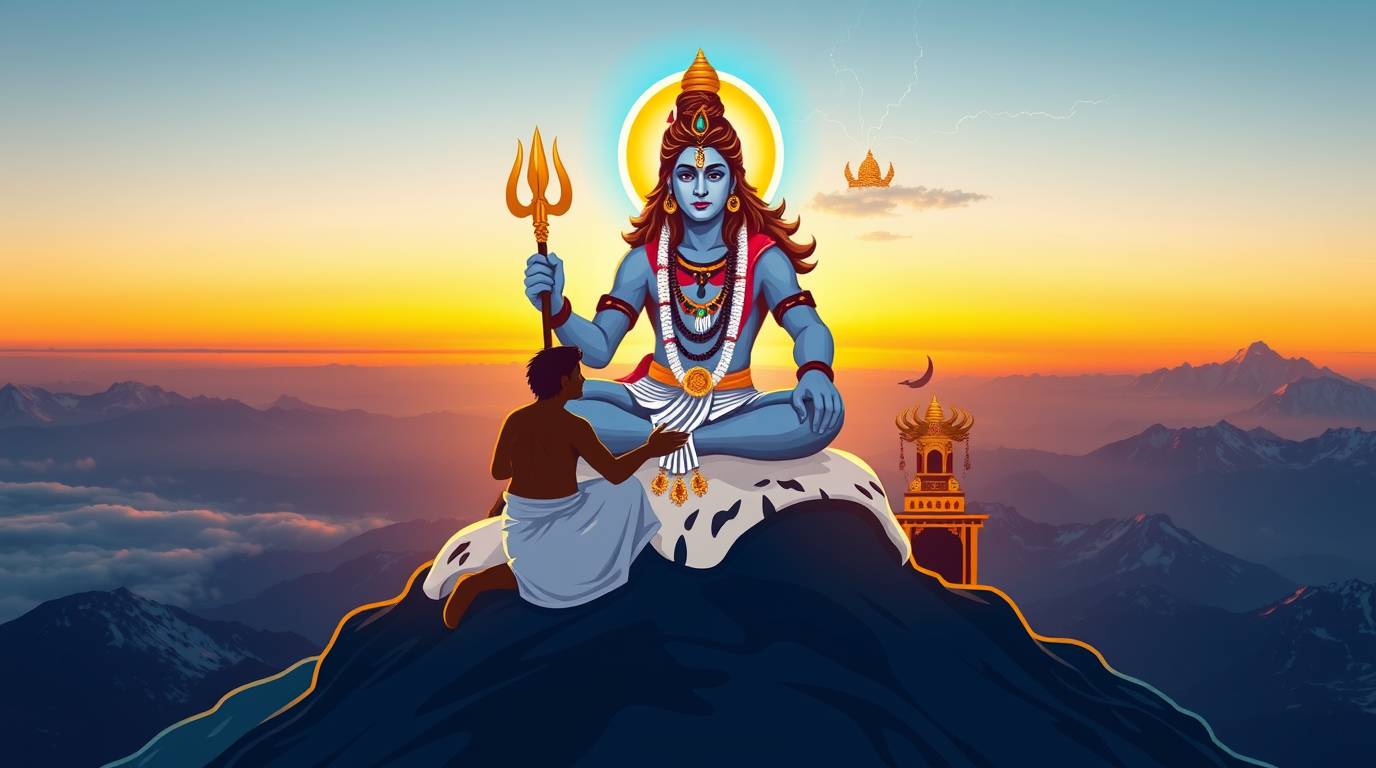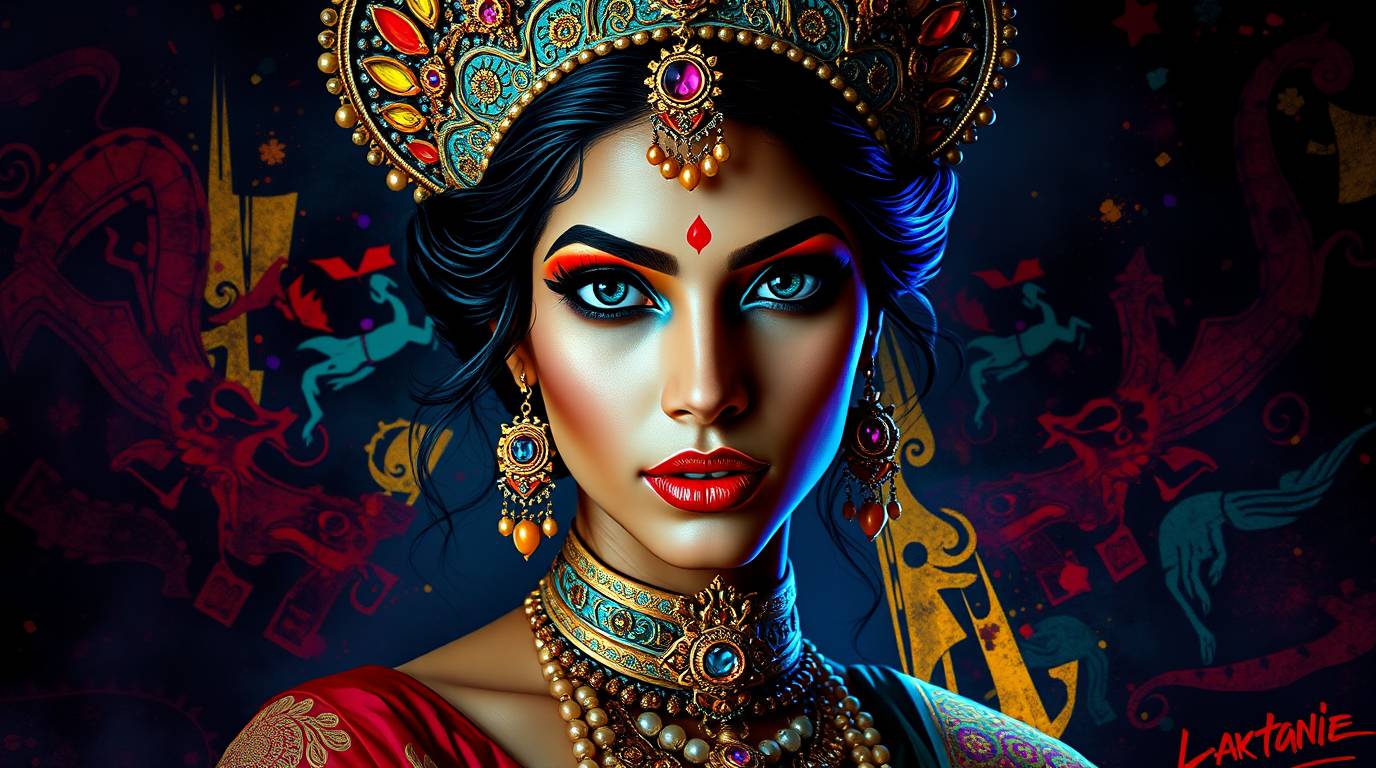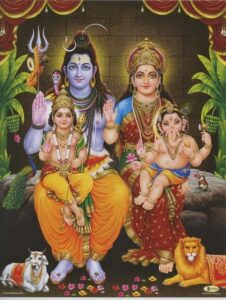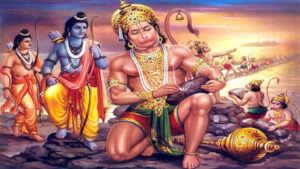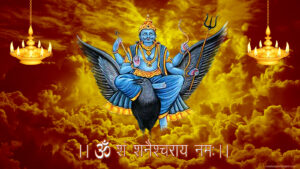Who Are Apsaras? Understanding the Celestial Dancers of Hindu Spiritual Tradition
In the profound spiritual universe of Hinduism, certain beings transcend the earthly plane, existing in realms unseen by ordinary human eyes but deeply revered in sacred texts and divine revelations. Among them, the Apsaras stand as ethereal, graceful beings known for their beauty, artistry, and spiritual symbolism. They are more than celestial dancers; they represent divine energy, cosmic rhythm, and spiritual allure. In this article, we will explore who the Apsaras are, their spiritual origins, their types, and their role and influence within Hinduism.
What Are Apsaras According to Hindu Spiritual Teachings?
Apsaras are celestial female beings renowned for their dance, music, and irresistible charm. They dwell in divine realms such as Indraloka, the celestial abode of Lord Indra, the king of the Devas. While often associated with entertainment in the heavenly court, their purpose and presence extend far beyond amusement.
In Hinduism, Apsaras are considered beings of light and vibration, embodying the power of movement, emotional expression, and divine femininity. Their graceful dance is not merely artistic performance—it is a form of spiritual communication, an offering of devotion, and a manifestation of divine Shakti (energy).
Origin of Apsaras in Hinduism
The Apsaras are believed to have been born during the churning of the ocean of milk (Samudra Manthan), a sacred event described in ancient Hindu texts like the Puranas. When the Devas and Asuras churned the ocean to obtain Amrita (the nectar of immortality), many divine beings and treasures emerged from the ocean, including the Apsaras.
These celestial women were not ordinary creations—they were formed from the essence of water, beauty, and cosmic energy. Their divine origin grants them spiritual significance in rituals, literature, and temple iconography.
The Role and Purpose of Apsaras
In Hindu spiritual tradition, Apsaras perform various roles, each significant and symbolic:
1. Celestial Performers
They are most commonly known for their divine dance and music in the court of Indra. Their movements and melodies are expressions of cosmic harmony and are seen as acts of spiritual service to the gods.
2. Bearers of Divine Messages
Some Apsaras are considered intermediaries between gods and humans, capable of delivering visions, guidance, or even divine blessings during spiritual practices or intense meditation.
3. Spiritual Testers
In certain scriptures and teachings, Apsaras are sent to test the devotion and discipline of sages or ascetics, ensuring their vows and focus are unshakable. This role is often misunderstood; it is not meant to tempt in a negative way but to refine and strengthen spiritual willpower.
4. Symbols of Cosmic Beauty
Apsaras represent the ideal of divine beauty—not just physical beauty, but emotional and spiritual resonance. They remind devotees of the beauty of devotion, discipline, and inner alignment.
Are Apsaras Divine or Earthly?
Apsaras are neither gods nor mere mortals. They exist in a distinct spiritual category known as semi-divine celestial beings. They are born in higher realms but do not possess the full attributes of Devas (gods) like Shiva or Vishnu. However, they are still powerful entities with extraordinary capabilities.
In some texts, certain Apsaras choose to incarnate on Earth, either as part of a spiritual mission or due to karmic reasons. In such forms, they can appear as queens, musicians, or enlightened women who influence the course of events on Earth.
Types of Apsaras in Hinduism
Hindu scriptures mention several Apsaras, each with unique attributes and qualities. While there are countless Apsaras in the divine realms, a few types and classifications are widely acknowledged:
1. Divine Apsaras
These are the eternal residents of Indraloka, who serve in the celestial court and participate in cosmic rituals and dances. They are eternal beings, untouched by human limitations.
2. Karmic Apsaras
These Apsaras are created as a result of divine or cosmic action, often sent to Earth or other realms to fulfill specific roles. They may interact with sages, kings, or devotees to trigger spiritual realizations or karmic awakenings.
3. Incarnated Apsaras
In some sacred stories, Apsaras take birth in the human world either by divine will or due to certain conditions or boons. Their human avatars often live extraordinary lives, filled with spiritual knowledge, artistic skill, or royal power.
4. Gandharvi Apsaras
These Apsaras are closely associated with Gandharvas, the celestial musicians. Together, they represent the soul of divine music and sacred sound vibration. Their role is to uplift and heal through sonic frequency.
Famous Apsaras in Hindu Scriptures
There are several renowned Apsaras whose stories have played important roles in Hindu teachings. Here are a few:
1. Menaka
Perhaps the most famous Apsara, Menaka is known for her beauty and grace. She was sent by Indra to test Sage Vishwamitra’s tapasya. Instead of breaking his penance alone, their union led to the birth of a spiritually gifted child, Shakuntala, who became the mother of Bharata, the legendary emperor of India.
2. Rambha
Rambha is an Apsara known for her exceptional dance and captivating aura. Her presence often signifies prosperity, beauty, and the arrival of divine blessings.
3. Urvashi
Urvashi is a deeply respected Apsara known for her spiritual significance and connection to divine love. Her interactions with kings and sages have profound karmic meaning, often leading to transformation and renewal.
4. Tilottama
Tilottama was created from the essence of the most beautiful elements in the universe. She is a symbol of divine perfection and grace, and her story is deeply symbolic of purity and divine craftsmanship.
5. Ghritachi
Known for her multiple interactions with rishis and kings, Ghritachi is another prominent Apsara who played an important role in the lineage of various powerful dynasties.
Are Apsaras Good or Harmful to Humans?
Apsaras are neither purely benevolent nor malevolent. Their effect on humans depends on the context and spiritual state of the individual interacting with them.
✅ Positive Influence
- Apsaras can inspire creativity, devotion, and artistic excellence.
- They are seen as blessings for performers, musicians, and dancers.
- In meditation and dream states, their energy may appear as guidance or emotional healing.
- Their presence can signal the arrival of divine grace and spiritual beauty.
⚠️ Challenging Influence
- If encountered without spiritual readiness, their presence may become a distraction, particularly for those pursuing intense sadhana (spiritual discipline).
- They may also serve as catalysts for karmic lessons, triggering desires or situations that must be transcended.
In essence, Apsaras are like fire—divine when handled with care, intense when misused.
Apsaras in Temple Art and Indian Culture
Apsaras are a significant part of Hindu temple sculpture and classical dance. In temples like Khajuraho, Belur, and Halebidu, Apsaras are carved in intricate detail, often depicted in dynamic dance postures that capture divine rhythm and feminine grace.
In Indian classical dance forms like Bharatanatyam, Odissi, and Mohiniyattam, many movements and expressions are inspired by the qualities of Apsaras. Their legacy lives on through these art forms as a sacred transmission of celestial energy.
Spiritual Significance of Apsaras
Apsaras are not just symbols of beauty—they are reminders of the subtle power of divine attraction. They teach that beauty, when used with awareness and devotion, becomes a path to the divine. Their presence invites us to appreciate:
- The harmony of movement and stillness
- The balance of emotion and intellect
- The spiritual value of art, music, and grace
- The role of feminine energy in the cosmic order
In many ways, the Apsaras are guardians of spiritual aesthetics—they keep the divine world vibrant and alive through expression and emotion.
Conclusion
Apsaras are not just heavenly dancers from sacred stories—they are powerful spiritual beings who continue to influence Indian art, culture, and spiritual imagination. Originating from sacred events like the Samudra Manthan and residing in celestial realms, Apsaras serve a higher cosmic purpose. They inspire, test, bless, and awaken. Whether appearing in scriptures, dances, or visions, their presence reflects the divine interplay of beauty, energy, and consciousness.
Understanding the role of Apsaras allows spiritual seekers to appreciate the deeper symbolism of beauty and divine femininity in Hinduism. Their grace, when approached with devotion and awareness, becomes a bridge between the earthly and the divine.

